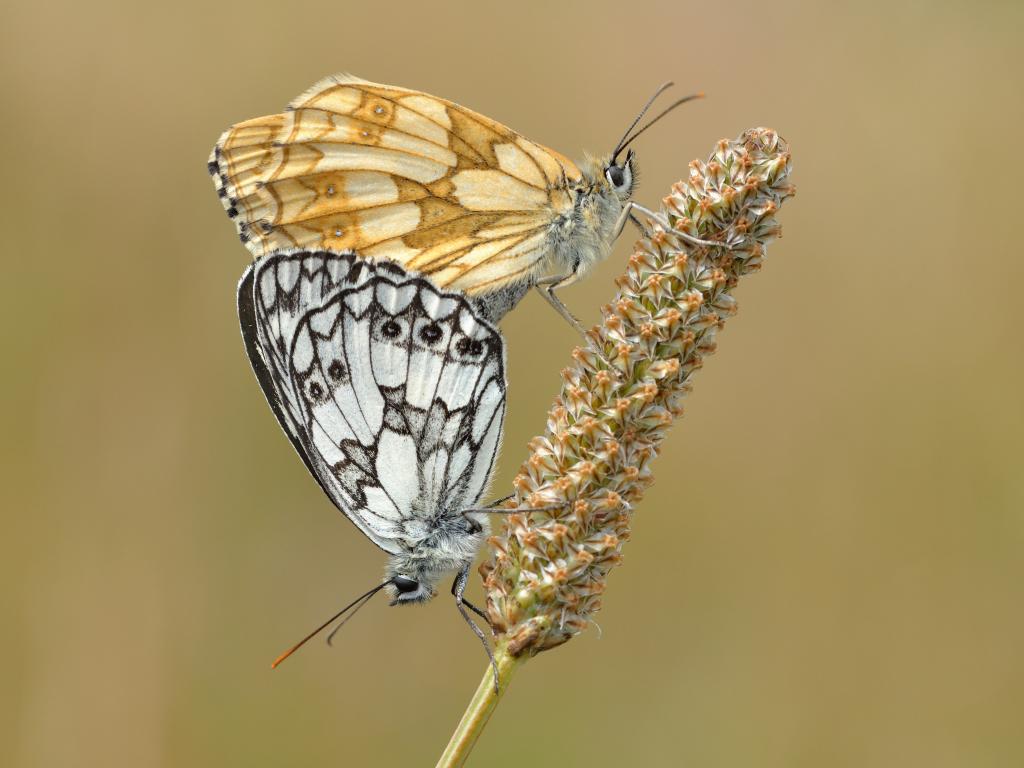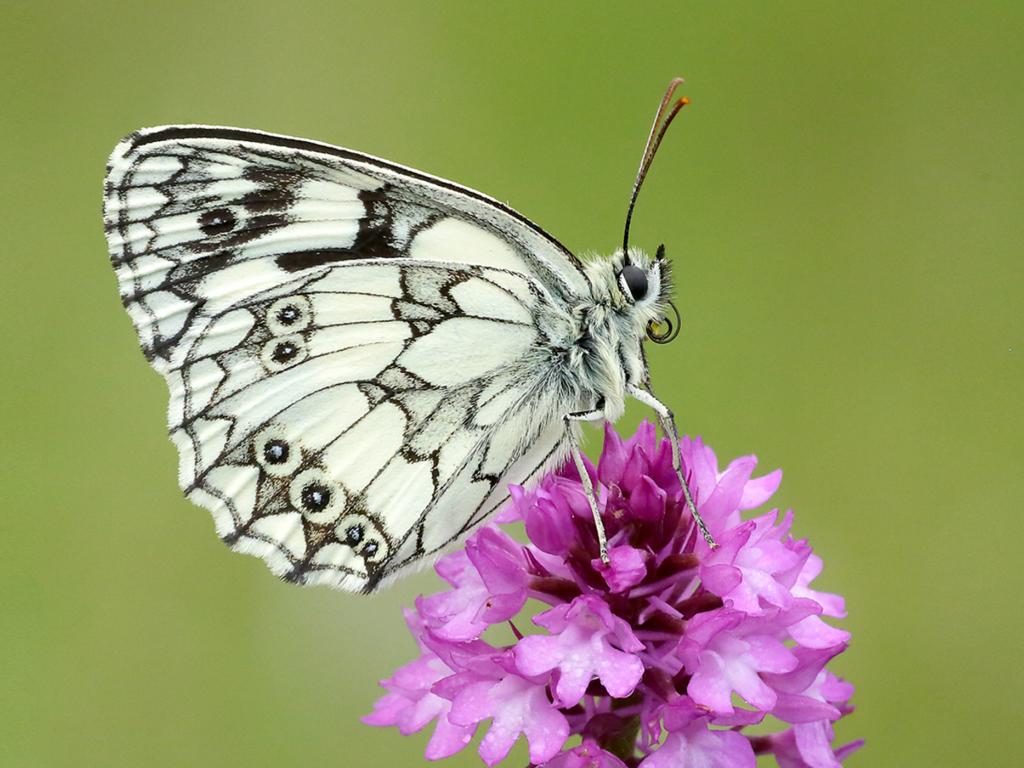
Habitat
Unimproved grassland with tall sward. The strongest populations are found on chalk or limestone grasslands but other habitats such as; woodland rides and clearings, coastal grassland, road verges and railway embankments are also used.
Tall grass growing where there have been no recent disturbance or fertilisation. Marbled Whites have a preference for limestone and chalk areas, but can be found in other habitats, including roadside verges and railway embankments, woodland clearings, coastal grassland and waste ground. Look for the adult butterfly on purple flowers.
Life Cycle
Adults emerge throughout the latter part of June, reaching a peak in early July. There is one generation each year.
Size and Family
- Family: Browns
- Size: Medium
- Wing Span Range (male to female): 53-58mm
Conservation Status
- Butterfly Conservation priority: Low
- European status: Not threatened
Caterpillar Foodplants
Red Fescue (Festuca rubra) is thought to be essential in the diet of larvae but Sheep’s-fescue (F. ovina), Yorkshire-fog (Holcus lanatus), and Tor-grass (Brachypodium pinnatum) are also eaten. It is thought that several other grasses may be used, but the full range is not known.
The Marbled White is a distinctive and attractive black and white butterfly, unlikely to be mistaken for any other species. In July it flies in areas of unimproved grassland and can occur in large numbers on southern downland. It shows a marked preference for purple flowers such as Wild Marjoram, Field Scabious, thistles, and knapweeds. Adults may be found roosting halfway down tall grass stems.
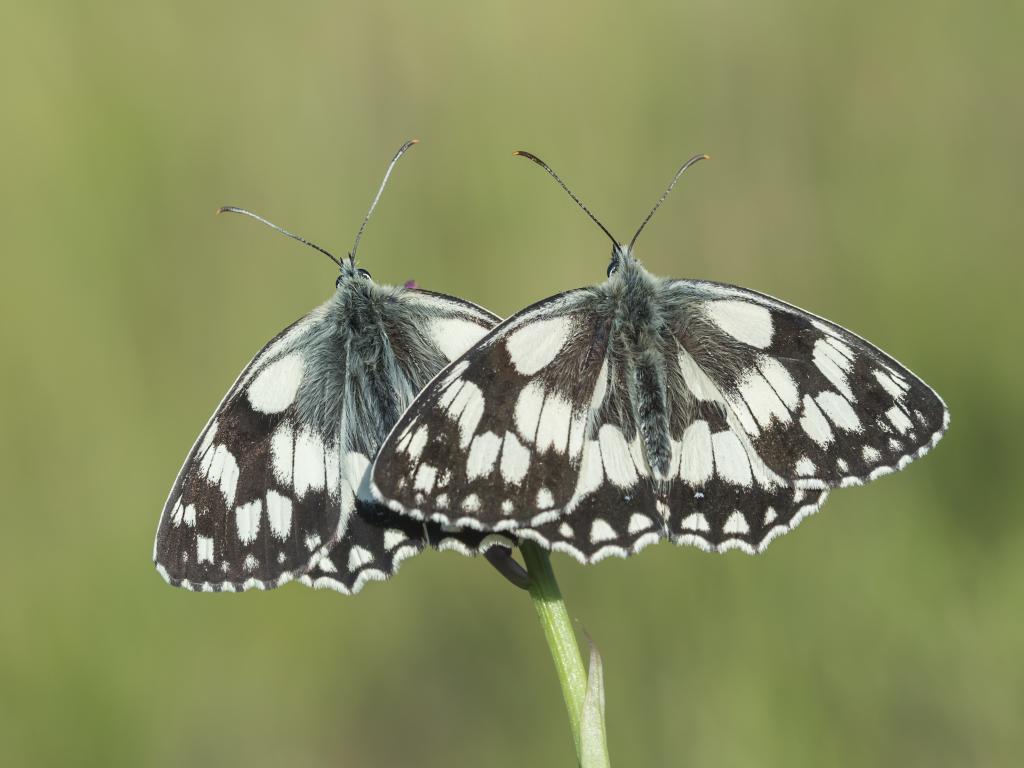
Found in flowery grassland but may stray into gardens. This species is widespread in southern Britain and has expanded northwards and eastwards over the last twenty years, despite some losses within its range, with outlying populations in Yorkshire and SW Wales.
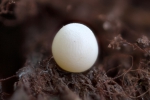
The larva emerges from the top of the egg before eating the eggshell. It enters hibernation without further feeding, tucked away deep down in a grass clump. The larva emerges in the spring and early instars rest head down on a grass stem during the day, occasionally nibbling at the leaf. More mature larvae typically spend the day hidden away, head down, at the base of the stem, feeding only at night. The larva has two colour forms – being either a light green or a light brown. Prior to pupation, the larva will descend to the base of the stems.
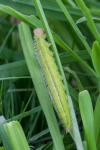
The pupa is formed loose on the ground, or under soil or moss, without attachment to any surrounding vegetation. This stage lasts around 3 weeks.
“The pupae vary considerably in size, the males averaging about 12 mm. long and the females 15 mm. Dorsal view: The head is rounded; at the base of the wings the black, rough, granulated spiracles project prominently, resembling little back horns; it is swollen across the middle of the abdomen, which acutely tapers to the anal segment and terminates in a conical point, furnished with a bunch of straight, somewhat clubbed spines in place of cremastral hooks. Lateral view: Head projecting and rounded; meso-thorax swollen; meta-thorax sunken; abdomen full and rounded, terminating in a point; ventral surface rounded, forming a continuous curve from head to anal point. The entire surface is finely granulated; the eyes and limbs are outlined with brown. Colouring: Dorsally it is yellow-ochre, head and pro-thorax slightly flesh-tinted, wings cream-coloured, anal point red-brown and the spines at the tip amber, wings finely reticulated transversely with pale brown. In some specimens there are minute brown rings of various sizes irregularly dotted over all parts of the surface. On approaching emergence the colouring darkens over the whole of wings, head and thorax to a dull brown, and the abdomen deep ochreous; upon maturing the whole pattern of the imago shows clearly through the pupal skin.
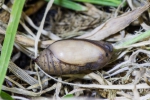
Melanargia galathea, the marbled white, is a medium-sized butterfly in the family Nymphalidae.Despite its common name and appearance, this butterfly is one of the “browns”, of the subfamily Satyrinae.
This species can be found across most of Europe, southern Russia, Asia Minor and Iran. It is found in forest clearings and edges, meadows and steppe where it occurs up to 1,500–1,700 metres (4,900–5,600 ft) above sea level. The caterpillars feed on various grasses.
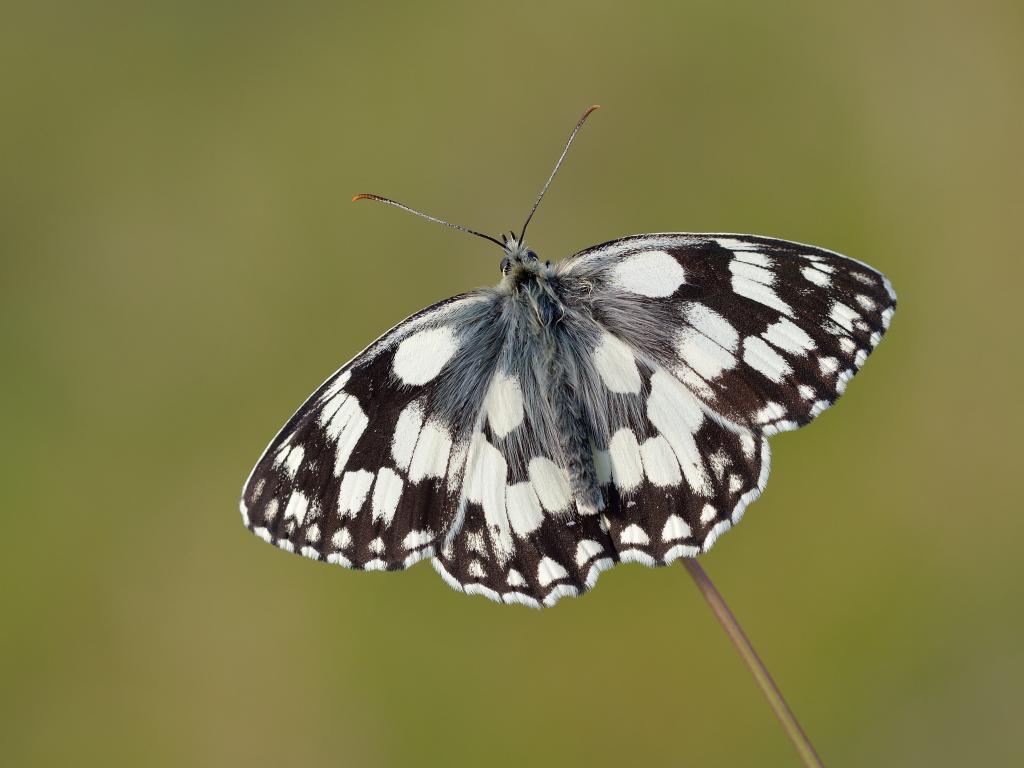
The striking black-and-white checks of the marbled white are unmistakeable. Watch out for it alighting on purple flowers, such as field scabious, on chalk and limestone grasslands and along woodland rides.
About
The marbled white is a distinctive, medium-sized, white butterfly, with black-chequered markings. Adults are on the wing in the summer, from June to August. Strong colonies can be found on warm, species-rich chalk and limestone grasslands, but woodland rides, railways cuttings and road verges are also frequented. The adults can often be seen feeding on purple flowers, such as field scabious, common knapweed and wild marjoram. The caterpillars feed on a variety of grasses, but red fescue is especially important.
Despite its name, the Marbled White is more closely related to the subfamily known as the “browns” that the “whites”. This butterfly is unmistakable, its black and white markings distinguishing it from all other species found in the British Isles. This butterfly is found in distinct and often large colonies, south of a line between Glamorganshire in the west and North-east Yorkshire in the east, although it is not found in much of eastern England. It is absent from Scotland, Ireland and the Isle of Man.
The Marbled White butterfly (Melanargia galathea) is a distinctive and attractive species found across much of Europe. Here are some key facts about its habitat, diet, and other interesting characteristics:
Habitat
The Marbled White butterfly is primarily found in:
- Unimproved grasslands with tall swards, particularly on chalk or limestone soils
- Woodland edges, clearings, and rides
- Flowery meadows and scrubland
- Road and rail verges
- Dry, hot grasslands, often among scrub or trees
It prefers sheltered, south-facing sites and can be found at elevations up to 1,500-1,700 meters above sea level. The species is most common in southern England but has been expanding its range northward in recent years.
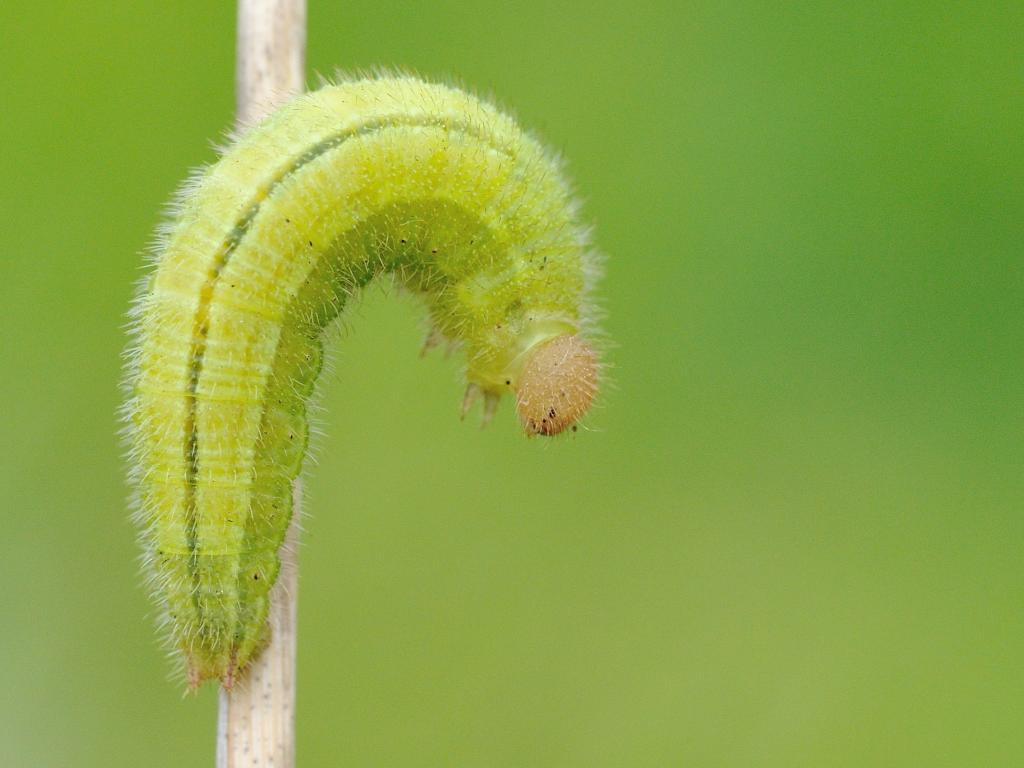
Diet
Caterpillars:
The larvae of the Marbled White feed on various grass species, including:
- Red fescue (Festuca rubra)
- Sheep’s-fescue (Festuca ovina)
- Yorkshire-fog (Holcus lanatus)
- Tor-grass (Brachypodium pinnatum)
Adults:
Adult butterflies primarily feed on nectar from purple flowers, such as:
- Knapweeds (Centaurea spp.)
- Thistles (Cirsium and Carduus spp.)
- Field scabious (Knautia arvensis)
- Wild marjoram (Origanum vulgare)
- Brambles (Rubus spp.)
- Clovers (Trifolium spp.)
- Vetches (Vicia spp.)
Interesting Facts
- Taxonomy: Despite its name and appearance, the Marbled White belongs to the family Nymphalidae, subfamily Satyrinae, making it more closely related to “brown” butterflies than “white” butterflies.
- Appearance: It has a distinctive black and white checkered pattern on its wings, with a wingspan of 5.3-5.8 cm.
- Flight period: Adults are typically seen from June to August, with peak numbers in July.
- Behavior: They often feed communally and can be seen in large numbers on flower heads during good weather.
- Egg-laying: Females have an unusual method of laying eggs, dropping them randomly while perched or in flight rather than attaching them to specific plants.
- Life cycle: The species has one generation per year. Eggs hatch after about 20 days, and the larvae immediately enter hibernation, only feeding the following spring.
- Conservation: While common in some areas, the Marbled White is dependent on the maintenance of suitable grassland habitats. It can be threatened by tree planting, scrub encroachment, or overgrazing.
- Range expansion: In recent years, the species has been expanding its range northward and eastward in the UK, possibly aided by the grassy verges along major roads like the A1.
- Historical names: The Marbled White has been known by various names in the past, including “Our Half-mourner,” “The Marmoris,” and “The Marmoress”.
- Parasites: Adults are often found with parasitic red mites, particularly Trombidium breei, attached to their thorax, although this doesn’t seem to significantly affect the butterflies.
The Marbled White is a fascinating and beautiful butterfly species, well-adapted to its grassland habitats and an important pollinator for various wildflowers.

